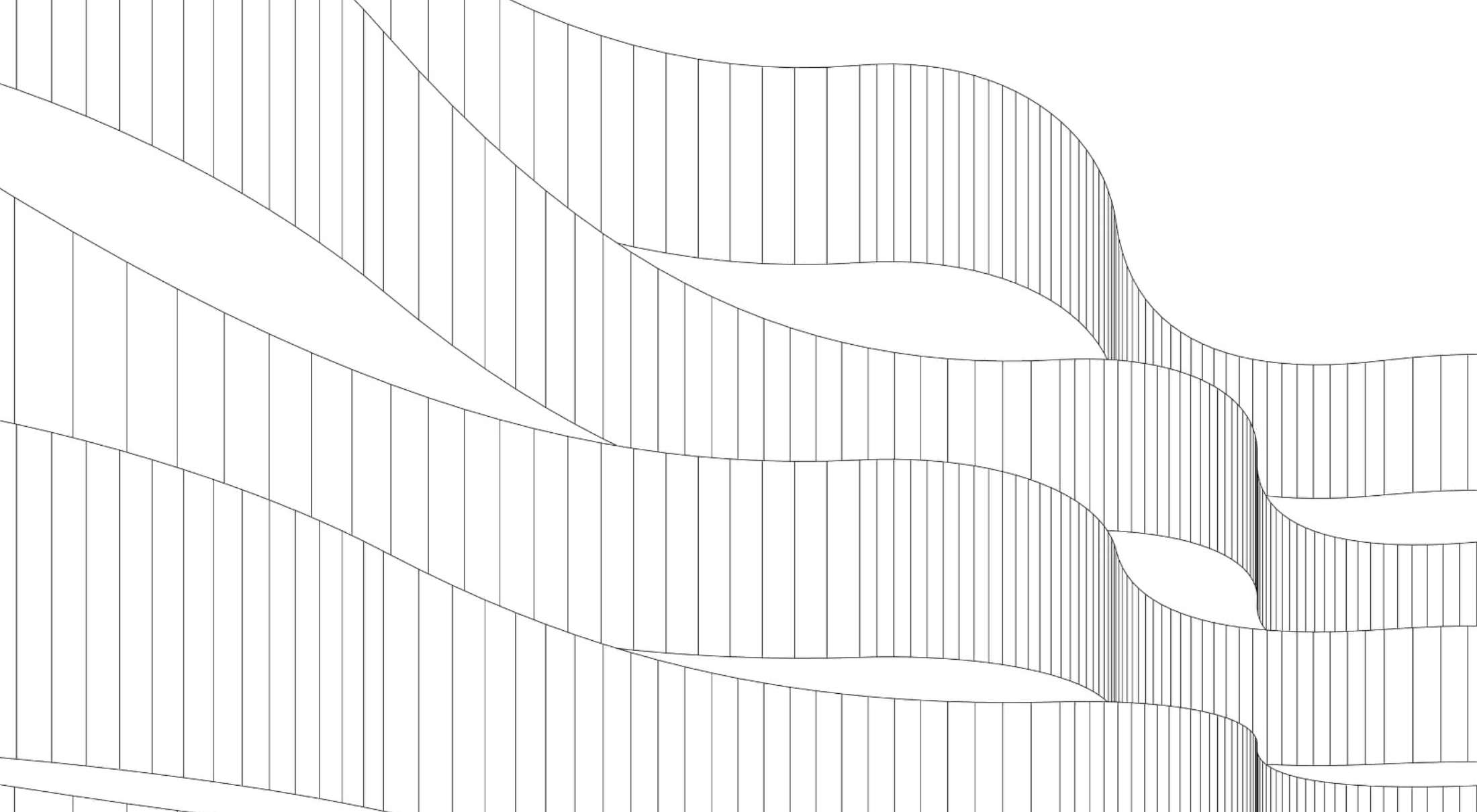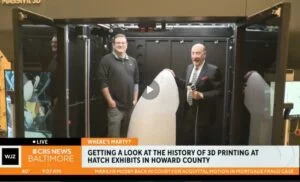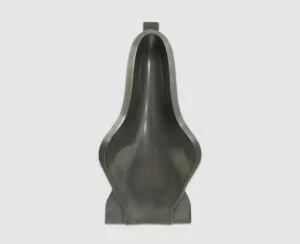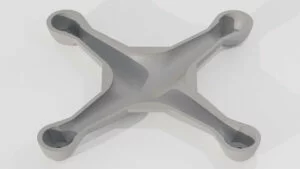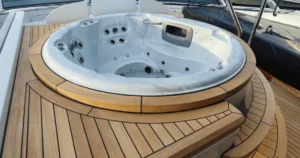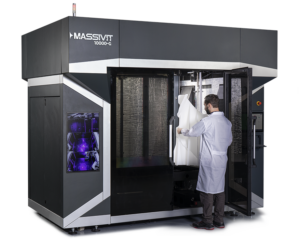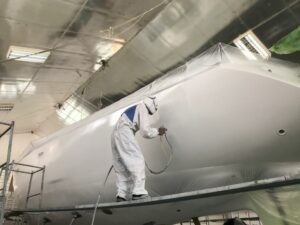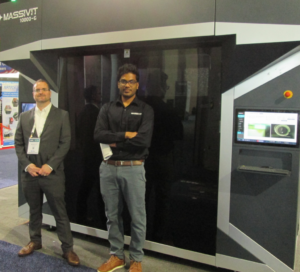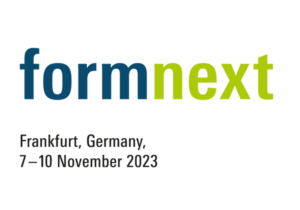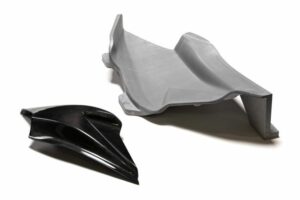Many architects will find it relatively easy to adopt 3D printing technology because of their experience with CAD software. Both 3D printing and CAD software involve creating and manipulating digital 3D models, so architects are already familiar with many of the basic concepts and skills required to use 3D printing technology. Additionally, many modern 3D printing technologies are designed to integrate seamlessly with popular CAD software, making it even easier for architects to use them.
Advantages of 3D Printing in Architecture
One of the main advantages of 3D printing in architecture is the speed and efficiency it offers in creating scale models. Traditional methods of creating models, such as hand-sculpting or using CNC machines, can be time-consuming and labor-intensive. 3D printers allow architects to quickly and easily create detailed, accurate scale models of their designs, allowing them to test and refine their ideas much more efficiently.
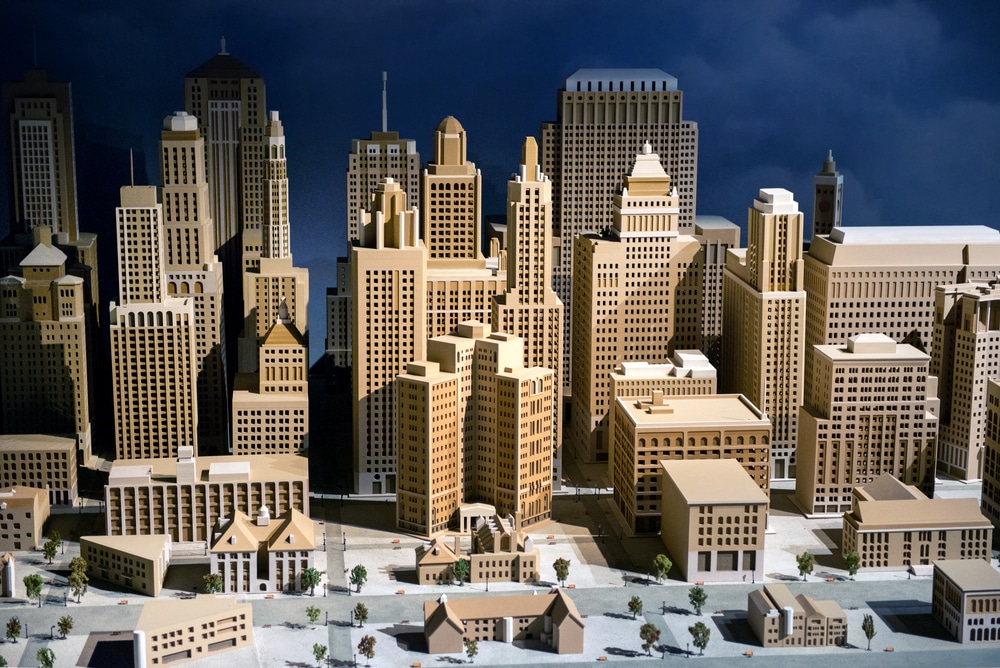
Another key advantage is the increased design flexibility AM offers. Full-scale, complex shapes and geometries that would be difficult or even impossible to achieve using traditional building techniques are no problem for advanced 3D printers like those from Massivit. This increased design freedom allows architects to push the boundaries of what is possible with building design and create truly unique and innovative structures.
3D printing also offers significant cost savings and reduced waste when compared to traditional methods of construction, which often result in a significant amount of waste, both in terms of materials and labor. With large-scale 3D printing, builders can produce highly precise and efficient designs that minimize waste, resulting in cost savings and a more sustainable building process.
3D Prefabrication Accelerates Improved Construction
One innovative application of 3D printing in architecture is the ability to create customized building components and prefabricate them in a factory setting. This can include anything from structural elements to architectural features, such as staircases and balustrades.
Large-scale 3D printing can be used to prefabricate structural components – such as beams and columns – that are more resistant to natural disasters, like earthquakes, by allowing architects to create complex geometries and internal reinforcement structures.
On the more aesthetic side of the design equation, this technology can be used to create intricate features and facades for buildings featuring patterns and shapes that are not possible to achieve with traditional construction methods.
By printing building components in advance, architects can streamline the construction process and save time and money on site. This also allows for more precise construction and greater control over the final product.
Case Studies and Examples of 3D Printing in Architecture
There are many examples of real-world projects and buildings that have used 3D printing technology in various ways. Some of the most notable include:
- Office Building in Dubai: In 2016, the first full-scale 3D-printed office building was erected in Dubai. The building, which was printed using a 20-foot-tall 3D printer, was constructed in just 17 days. The building is now used as the temporary office for the Dubai Future Foundation.
- Affordable Housing in Mexico: In 2018, a team of researchers from the Massachusetts Institute of Technology (MIT) used 3D printing technology to construct a prototype of an affordable housing unit in Mexico. The prototype, which was printed using a mobile 3D printer, was designed to be low-cost, energy-efficient, and sustainable.
- 3D-Printed Bridge in Amsterdam: In 2018, a 3D-printed bridge was installed in Amsterdam as a pedestrian and cyclist path. The bridge was printed using a large-scale 3D printer and assembled on-site. The bridge is made of reinforced, pre-stressed concrete and was printed in 12 sections.
- 3D-Printed Buildings: Some companies have developed 3D-printing technology to quickly and easily produce structures that could be used as emergency shelters for people affected by natural disasters or displacement. For example, a Chinese construction company recently built a six-story apartment building using a 3D printer, and a Netherlands-based company has developed a method for 3D printing entire houses.
Future of 3D Printing in Architecture
The future of 3D printing in architecture looks bright as technology continues to advance and become more accessible. One of the current trends in the field is the use of large-scale 3D printing for construction. Another trend is the use of more sustainable materials in 3D printing, such as bioplastics and recycled materials. Additionally, software and automation are making it easier for architects and builders to use 3D printing technology, which will likely increase its adoption in the construction industry.

Another potential application of 3D printing in architecture is in urban planning and landscape architecture. The ability to quickly and easily create models of proposed developments or changes to public spaces can help architects and planners make better decisions and communicate their plans more effectively.
Advancements and research in 3D printing technology are continuing, and architects are already reaping the rewards of that. This is expected to continue to evolve in the future, as innovation in materials, software, and process will likely lead to increased efficiency, cost savings, and design possibilities – especially in the construction industry. It is an exciting time for the field of architecture and 3D printing, and there is great potential for this technology to transform the way we build and design our built environment.


